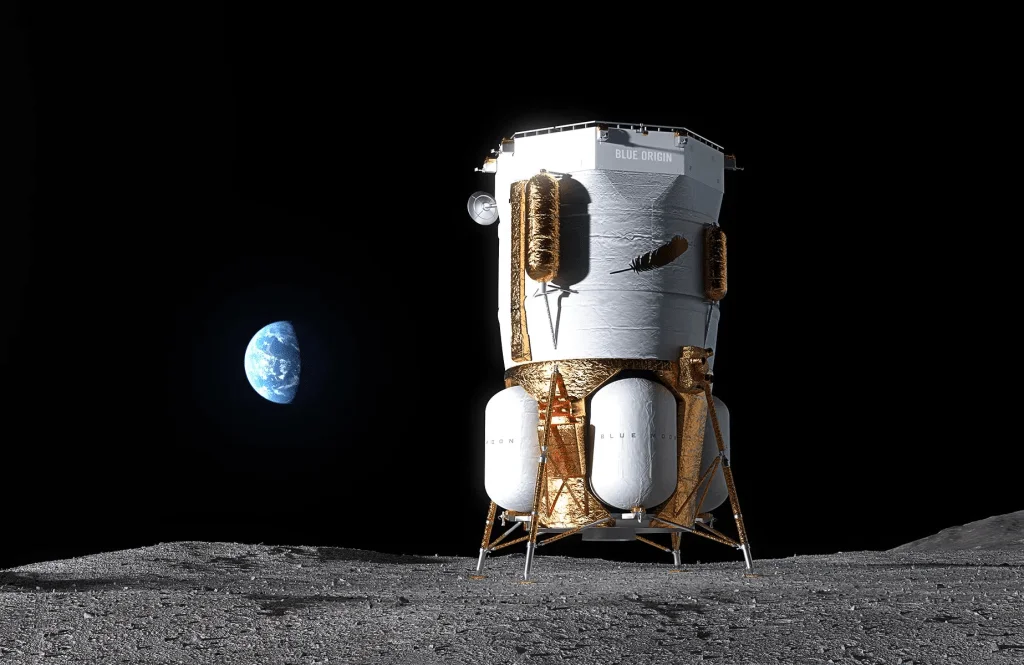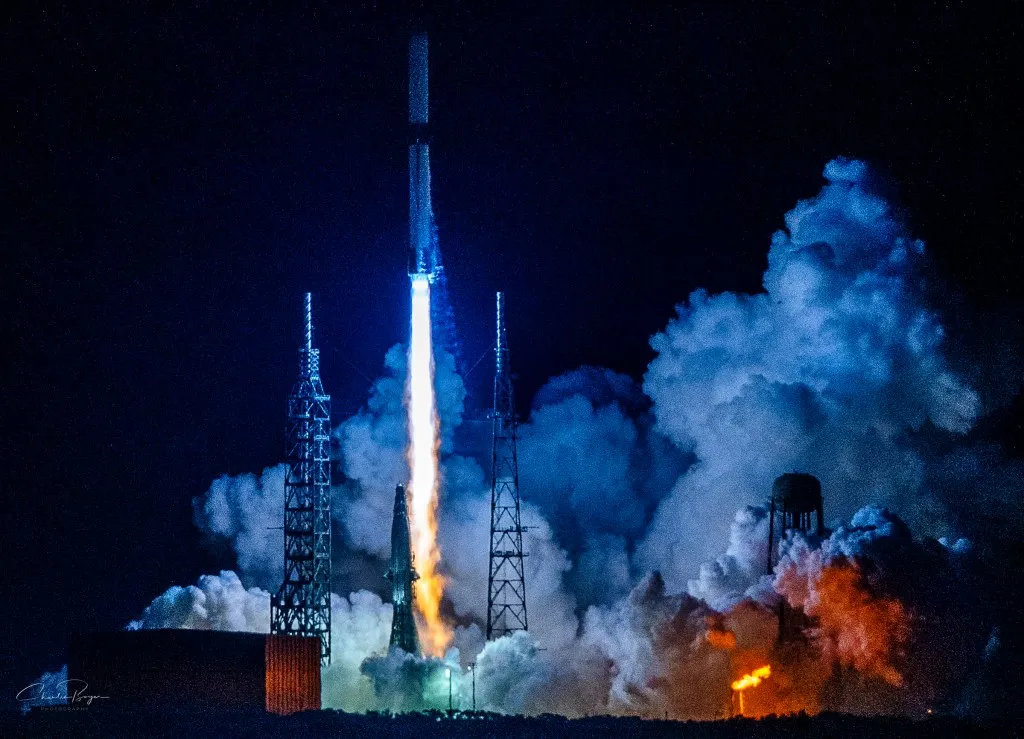
Blue Origin Aims for Lunar Landing Demo This Year: Is 2024 the Year of the Moon Race?
Blue Origin, the aerospace company founded by Jeff Bezos, is making bold claims about its lunar ambitions. The company plans to launch an uncrewed prototype of its Human Landing System (HLS), the Blue Moon Mark 1, to the Moon's south pole this year. This ambitious goal, revealed by John Couluris, senior vice president of Lunar Permanence at Blue Origin, signifies a crucial step in the Artemis program and a potential acceleration of the Moon race.
This mission is not just a test; it's a demonstration of crucial technologies. The Mark I is designed to carry nearly 3.9 tons to any location on the lunar surface, dwarfing NASA's Commercial Lunar Payload Services (CLPS) robotic landers in payload capacity. Powered by the BE-7 engine, running on liquid-oxygen and liquid-hydrogen fuel, the lander will launch aboard Blue Origin's New Glenn rocket, aiming for a precise touchdown within 33 feet of its target.

The BE-7 engine's assembly is nearing completion and is expected to undergo thermal vacuum chamber testing at Johnson Space Center in Houston. Couluris stated, "Once that’s done, it’ll come to Cape Canaveral, get integrated, get encapsulated, and then launch on New Glenn a few months after that."
Beyond the Mark I demonstration flight, Blue Origin is also developing the Blue Moon Mark 2, designed for crewed landings under the Artemis program. This involves a complex architecture including a "transporter" vehicle, launched separately on a New Glenn rocket. This transporter will refuel in low Earth orbit using excess propellant from the rocket's upper stage before traveling to lunar orbit and refueling the awaiting Blue Moon lander.
According to Couluris, it will use tanks seven meters in diameter, same as the upper stage. “Instead of doing bespoke tanks for individual vehicles, it’s using the same assembly line,” he said.
A key challenge is achieving zero-boiloff of cryogenic propellants. Blue Origin is making progress on this technology, aiming to store liquid hydrogen at 20 kelvins and liquid oxygen at 90 kelvins. "By June, we will be showing that we are consistently holding hydrogen and oxygen as storable propellants," Couluris said.
The transporter is projected to carry 100 metric tons from Earth orbit to lunar orbit, with potential applications beyond the Moon, including Mars. “This vehicle with minimal changes, mainly on comms, can bring up to 30 metric tons to Martian orbit,” he noted.
While schedules for testing the transporter and Blue Moon Mark 2 remain undefined, Blue Origin is simultaneously working on a second Blue Moon Mark 1 lander, prioritizing a "hardware-rich" approach to mitigate supply chain challenges.

Blue Origin's ambitious timeline highlights the accelerating pace of the lunar return. Can they achieve their goals for 2024, setting the stage for future crewed missions? Will their zero-boiloff technology prove successful, revolutionizing space travel?
Share your thoughts and predictions in the comments below! Do you believe Blue Origin will land on the Moon this year?